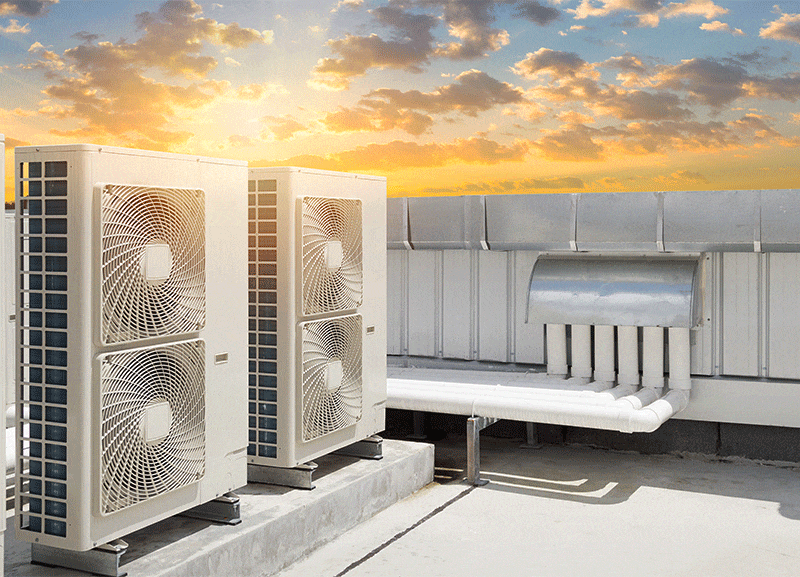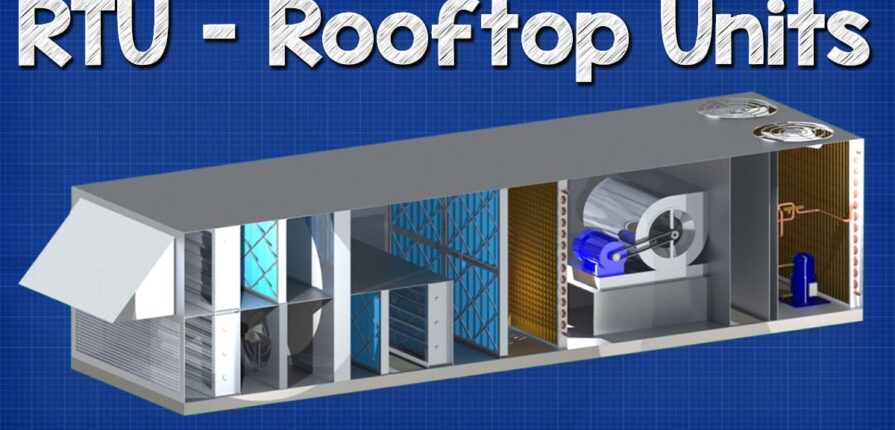When it’s time to replace or install an HVAC system in your building, there are several options to consider. One of those options is an RTU HVAC system. It still provides heating and cooling, along with the same air quality benefits as any HVAC system. What makes an RTU system different, however, is its location and setup. Here’s what you need to know about RTU HVAC systems and how to tell if it’s the right choice for you.
What is an RTU Unit?
It stands for roof-top unit. All the components, including the coils, compressor, and fan, are packaged into a single unit on the roof. Traditionally, most HVAC systems have some components that exist outside, and some that exist inside. With an air-cooled split HVAC system, for example, the evaporator and fan are installed inside. But, with an RTU, everything is located outside on the roof. It uses ductwork to circulate air throughout the building.
Unique Benefits of an RTU
RTUs provide energy-efficient heating and cooling for every room in the building. They also conserve energy and improve indoor air quality. Unique to the RTU is that it doesn’t take up any indoor space. You won’t have to sacrifice any room or move any of your equipment around to accommodate the unit. RTUs are also easier to install and are often less expensive.
Speaking of installation, you can even use your existing ductwork for an RTU. This can make the process even quicker and more cost-effective. Finally, if and when the system needs repair, it’s more convenient for the technicians. Because all of the components are in one place, they can run diagnostics and make any necessary repairs with ease.
Is an RTU HVAC right for your space?
RTU units are commonly used for large, open spaces such as warehouses, large stores and shopping centers. Single-story buildings are best suited, since the conditioned air doesn’t have to travel very far to the space. However, RTUs can be used in multi-story buildings as long they don’t exceed 10 stories, and there is accessible space on the roof and ductwork in place.
Another fairly common application for RTU HVAC systems is restaurant kitchens. In these settings, RTUs are installed as what’s known as a “make-up air unit.” Their function is to provide additional ventilation and conditioned air to replace air that’s vented out through high-powered stove hoods.


